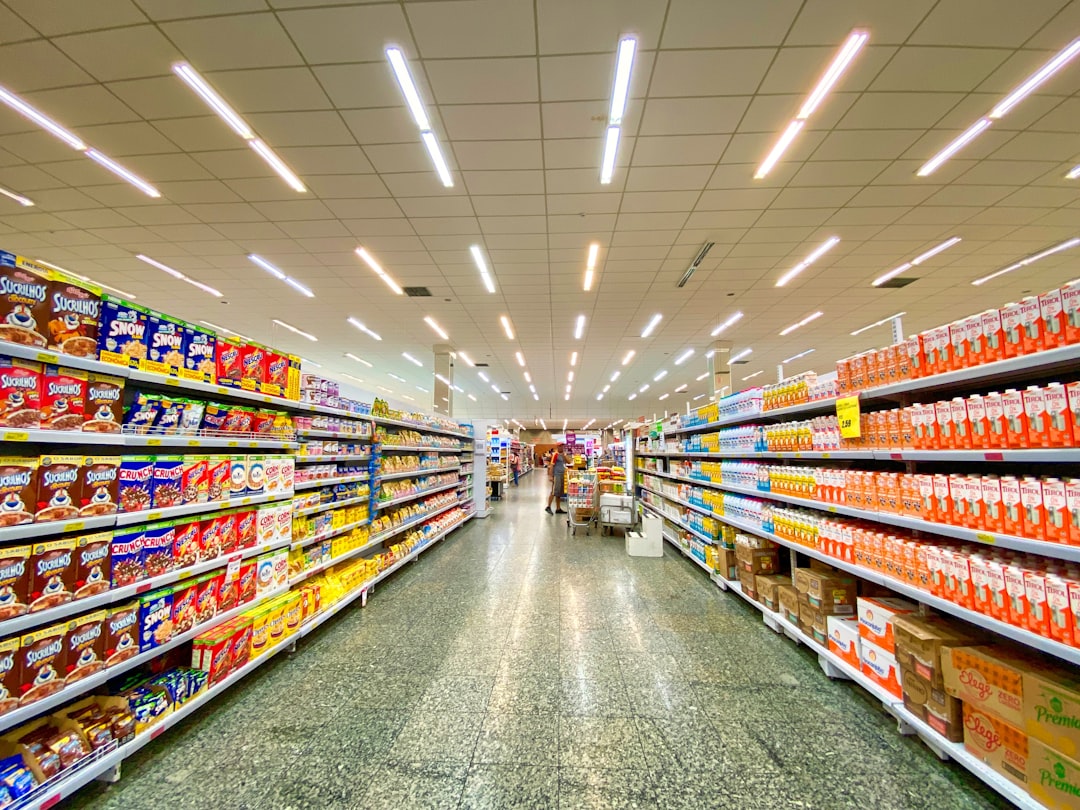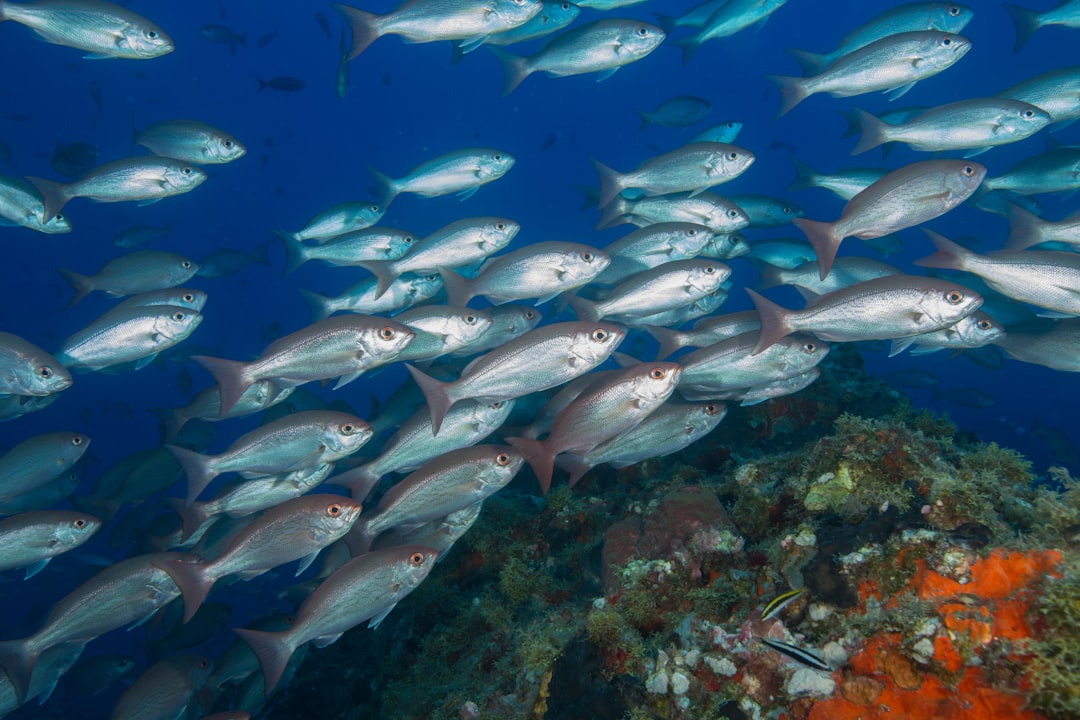What is it about?
We mainly used stable isotope (δD, δ18O, and δ13C) methods to test whether intercrop could help rubber tree improve its water use and tolerate extreme weathers (extreme cold and drought in our study) in three kinds of promising agroforestry systems (rubber with tea, coffee, and cocoa, respectively) in Xishuangbanna, China.We found that rubber tree was a drought avoidance plant with strong plasticity in water uptake that reflected in coping with serious seasonal drought and avoiding interspecific competition for water. It showed water-spender behavior unless it was intercropped with tea or coffee. However, these intercropped species exhibited drought tolerant strategy and maintained lower water use efficiency to strengthen their competitive capacity for surface soil water. Stable leaf δ13C of intercrops indicated all agroforestry systems have stable internal microclimatic environments or higher resistance.
Featured Image
Why is it important?
The dramatic expansion of rubber plantations in mainland Southeast Asia and Southwest China caused many eco-environmental problems, especially negative hydrological consequences. Those problems gradually worsen and pose formidable threats to rubber agriculture as feedback, especially in face of increasingly frequent extreme weather events. Though rubber-based agroforestry systems are regarded as the best solution considering the sustainability of rubber agriculture and environmental conservation, plant water use and related interactions have been rarely examined in such systems.
Perspectives
This study suggests that interspecific competition for water can enhance water use efficiency of drought avoidance plants (i.e., rubber tree) and lead to the complementarity between the root distributions of plants in rubber agroforestry systems. All agroforestry systems in our study have higher resistance, but tea was the most suitable intercrop in terms of water use, as the interspecific competition for water was moderate and this agroforestry system held much more soil water and improved the water use efficiency of rubber tree. Considering the root characteristics of tea tree, we suggest the selected intercrops for intercropping with rubber tree should have short lateral roots and moderate amount of overlapped fine roots with rubber trees in the shallow soil layer.
Dr wenjie liu
Xishuangbanna Tropical Botanical Garden, Chinese Academy of Sciences
Read the Original
This page is a summary of: Can intercropping with the world's three major beverage plants help improve the water use of rubber trees?, Journal of Applied Ecology, July 2016, Wiley,
DOI: 10.1111/1365-2664.12730.
You can read the full text:
Contributors
The following have contributed to this page










